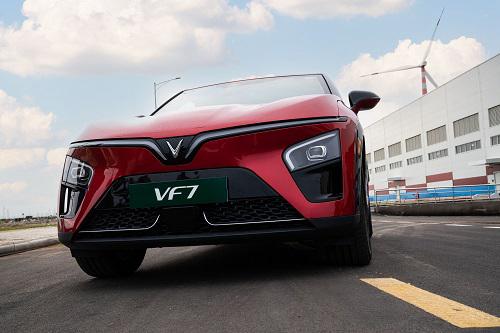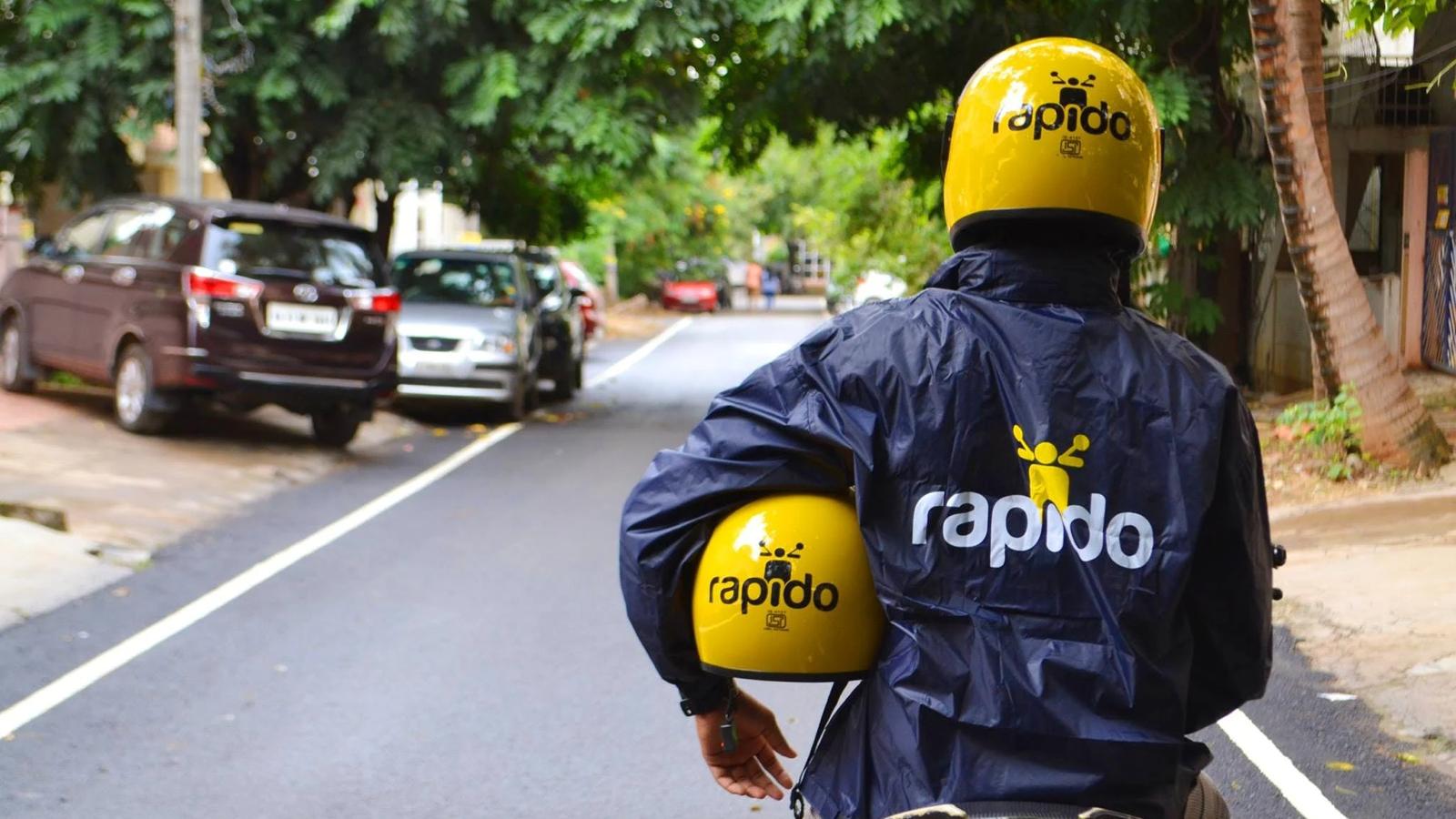 Image Source: PTI
Image Source: PTI
Vietnamese electric vehicle (EV) manufacturer VinFast is aggressively positioning itself to capitalize on India’s rapid city growth and burgeoning EV market through a $500 million investment in its first overseas production facility in Thoothukudi, Tamil Nadu. This move is part of VinFast’s broader strategy to establish India as a central hub for manufacturing, sourcing, and regional exports, leveraging India’s expanding urbanization and supportive government policies.
Key Highlights: VinFast’s Indian Factory and Production Plans
VinFast's plant in Thoothukudi, Tamil Nadu, began operations in August 2025 with an initial annual capacity of 50,000 electric vehicles, aiming to scale up to 150,000.
The facility represents VinFast’s commitment to meet the rising demand for EVs in India, the world’s third-largest auto market, and to serve nearby countries including Sri Lanka, Nepal, and Mauritius.
The first vehicles rolling out include the premium electric SUVs VF 7 and VF 6, designed to appeal to urban Indian consumers seeking high-performance, eco-friendly transportation.
Strategic Importance of India’s City Growth
India’s urban areas are expanding rapidly, driving demand for cleaner, sustainable mobility options. With over 40 cities crossing populations above one million and increasing environmental awareness, the market is ripe for electric vehicles.
Tamil Nadu’s industrial ecosystem benefits from robust infrastructure, skilled workforce, and port access, facilitating efficient manufacturing and exports.
City Lights Fuel VinFast’s Drive: India’s Urban Boom Paves the Road Ahead
VinFast sees India’s urban growth as key to accelerating EV adoption, which is also supported by India’s push for sustainability and government incentives like the Faster Adoption and Manufacturing of Hybrid & Electric Vehicles (FAME) scheme.
Supply Chain Localization and Export Ambitions
VinFast aims to increase sourcing from local Indian suppliers, actively engaging component manufacturers to set up operations nearby, potentially transforming Thoothukudi into a regional auto manufacturing cluster.
Discussions are underway with multiple component suppliers interested in relocating production to support VinFast’s supply chain, reducing dependency on imports and improving cost-efficiency.
Beyond domestic sales, the Tamil Nadu plant is expected to serve as an export hub targeting markets across South Asia, the Middle East, Africa, and Indian Ocean islands.
Dealer Network and Market Presence
VinFast has established a rapidly expanding dealership network, with plans to open 35 showrooms across 27 Indian cities by the end of 2025.
The brand has signed agreements with multiple dealer groups and is focusing on sales, service, and spare parts to ensure a comprehensive customer support system.
Early customer engagement includes vehicle displays at shopping malls in major cities, allowing consumers to familiarize themselves with the brand and upcoming models pre-launch.
Challenges and Future Outlook
Despite rapid growth in the U.S. and initial success in Vietnam, VinFast faces competitive pressures from established automakers and emerging Indian EV players.
The company acknowledges challenges in pricing, infrastructure adaptation, and consumer education but remains confident in India’s long-term potential.
Investment plans include scaling manufacturing, enhancing product portfolio, and integrating smart technologies such as connected car features and battery innovations.
Conclusion: Urban Growth Fuels VinFast’s Ambitious EV Journey in India
India’s dramatic urbanization and evolving consumer preferences offer a fertile landscape for VinFast’s electric vehicle ambitions. By grounding production in Tamil Nadu’s well-connected industrial corridor and committing to local supply chain development, VinFast is well-positioned to become a significant player in India’s fast-growing EV market. This strategic convergence of city growth, sustainable technology, and industrial foresight heralds a promising future where VinFast advances India’s green mobility goals while expanding its regional footprint.
Sources: Reuters, Associated Press, Economic Times, Bloomberg
Advertisement
Advertisement





